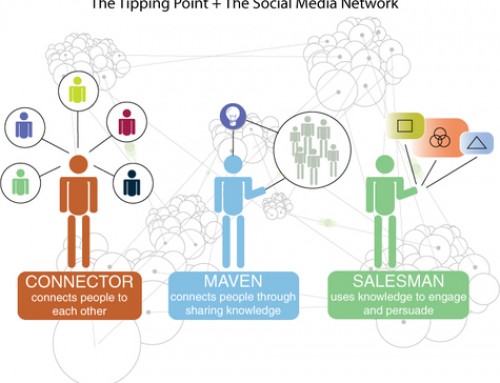1. Does Your Potential Customer Value Your Offering?
Before you invest a lot of time and money into creating a solution for a problem, you have to assess the number of people who care about the solution. Not only does the potential end customer have to care, they also have to be willing to part with their cash.
Always remember the way your idea intersects with what other people value.
2. How Big is the Potential Market?
Make sure the market is big enough by doing your research. Test the size of the potential target market by looking for all of the relevant key words to do with the idea on Google. Put yourself in the shoes of your ideal customer. What keywords would they use if you were trying to find your product?
What keywords would your customer search for?
3. What Pain Are You Healing?
The best solutions take away a reoccurring pain point that the market knows it has. Why? It’s a lot easier to sell to someone who knows they have a problem and are convinced they need a solution rather than persuade someone that they have a problem that needs solving. You need to show people how you can help remove or reduce pain.
You are in the business of healing
4. What Makes You Different?
Think bigger different and better. Being different isn’t enough you also have to be better. There’s no point in introducing something if the market is already satisfied with the solution. It’s significance, not size, that matters.
It’s significance, not size, that matters.
5. Have You Conducted Interviews?
Make sure the people you ask for feedback are your potential target market. Create a persona: the one person who would benefit the most from your idea. Take your idea to this person and discuss it with them in detail and even ask them to test it for free in return for feedback and confidentiality. This will get you much more relevant data than talking to just anyone.
Get much more relevant data



